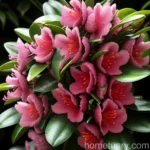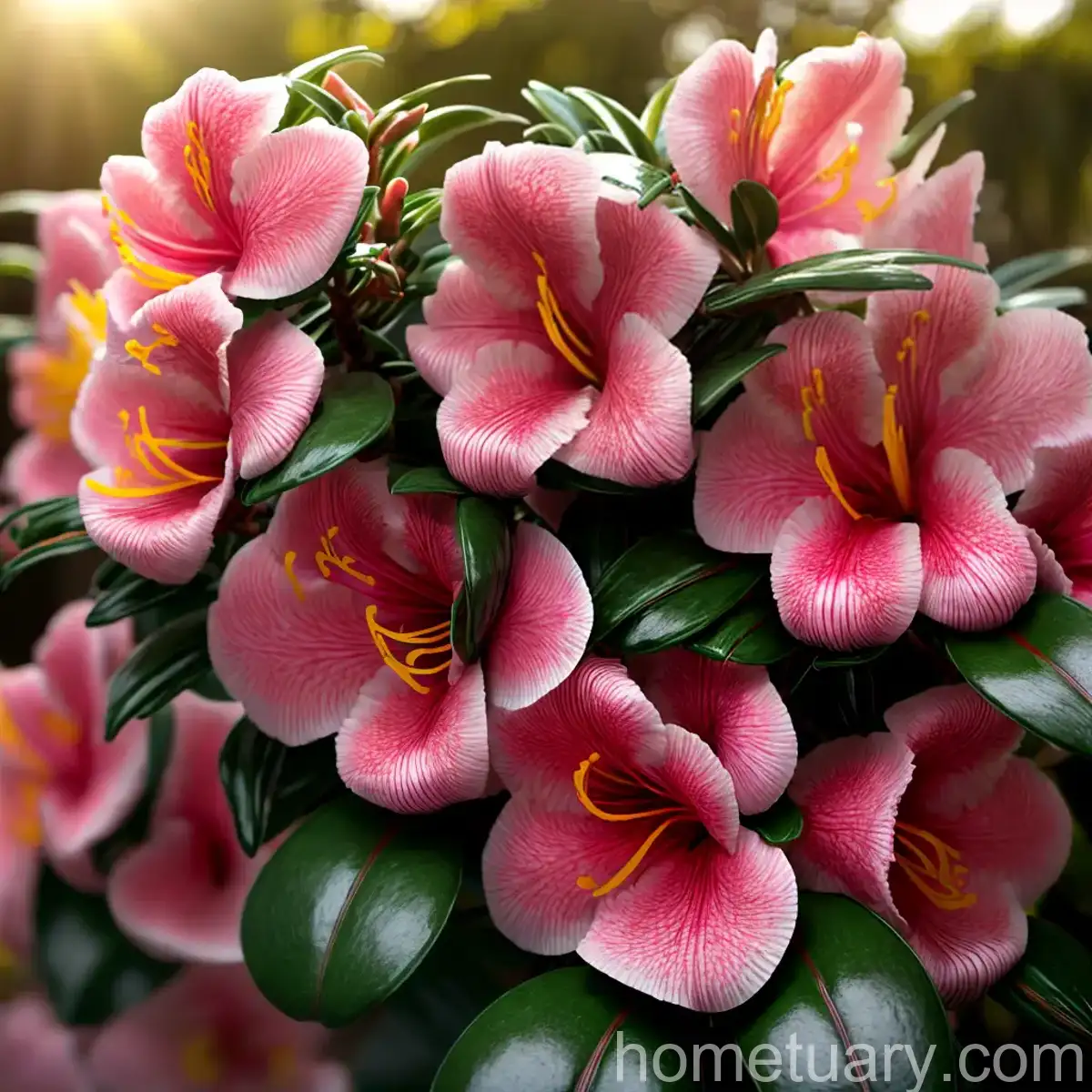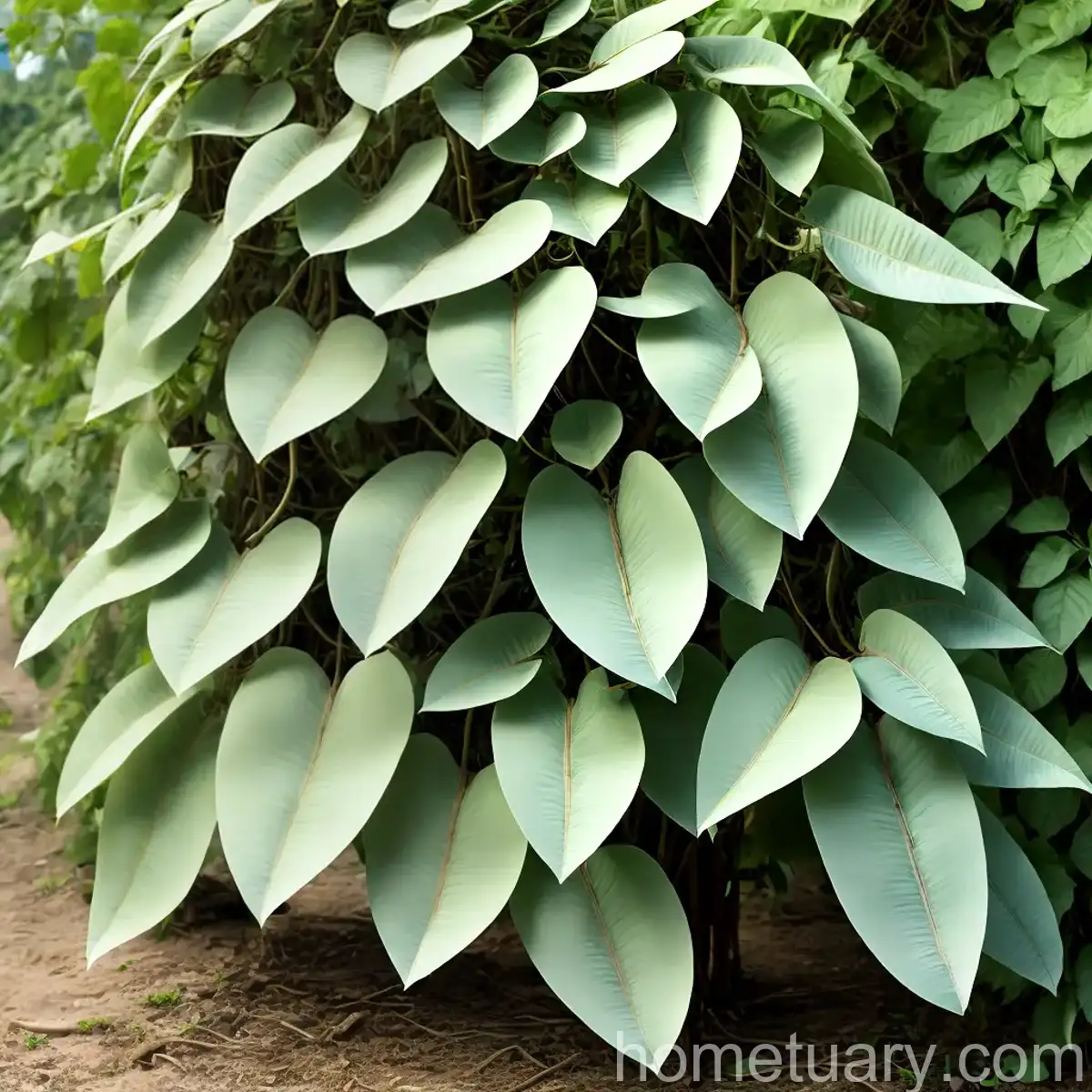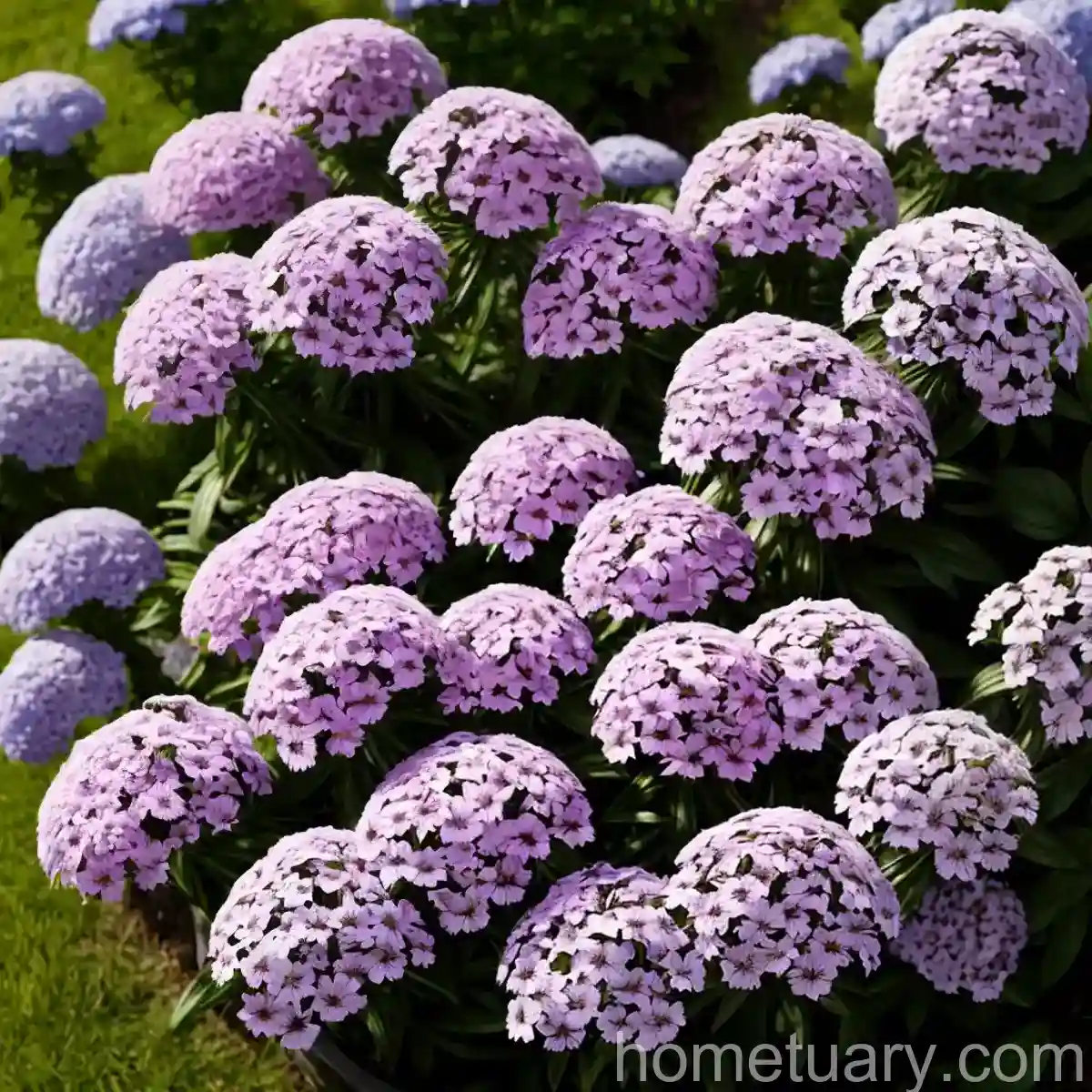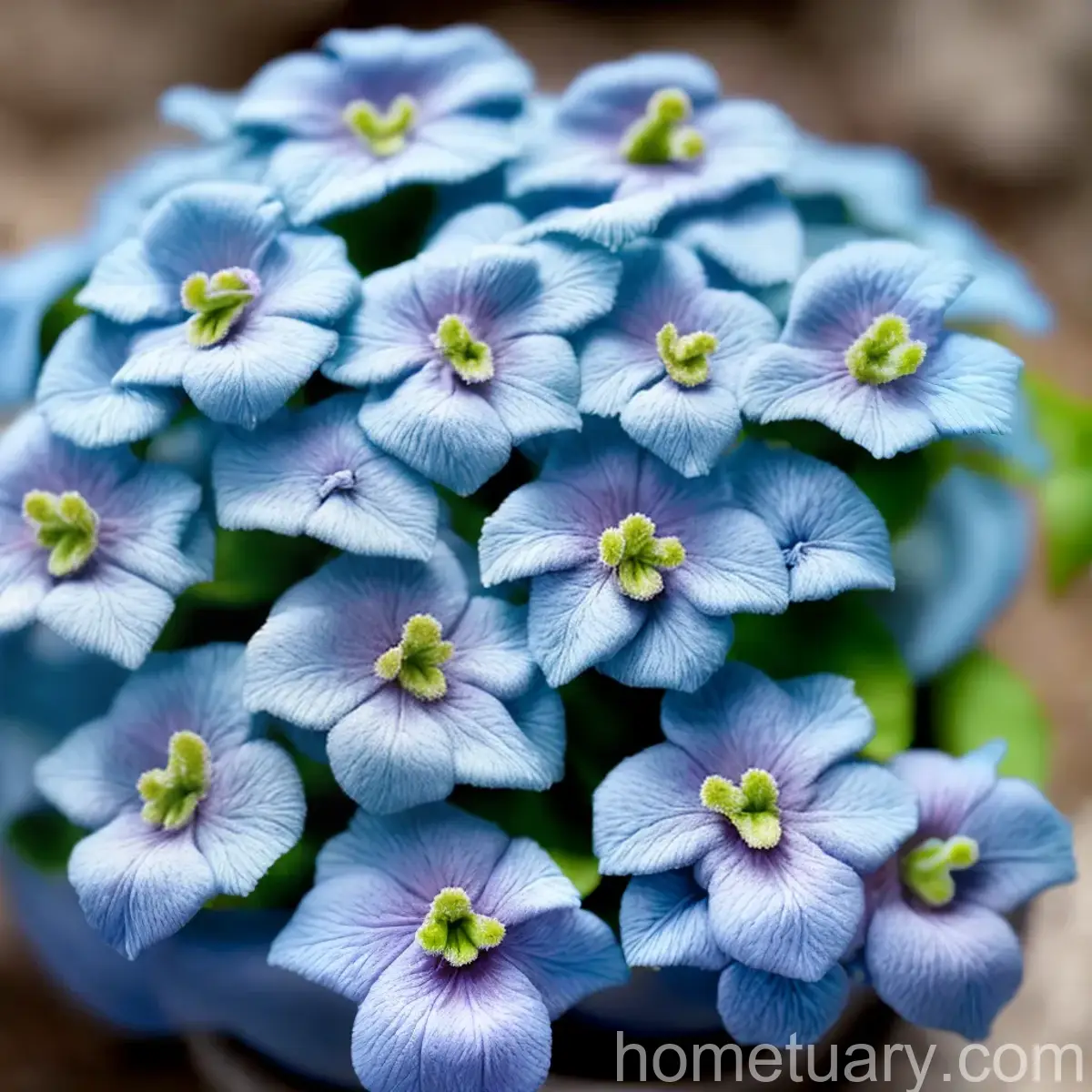Plant Scientist’s Guide to Azalea (Rhododendron ‘Stewartstonian’)
Introduction
As a plant scientist, I have always been fascinated by the stunning beauty and intricate biology of plants. One particular plant that has captured my attention is the Azalea, with its vibrant colors and versatile nature. In this comprehensive guide, we will delve into the world of Azalea, focusing on the specific variety known as Rhododendron ‘Stewartstonian’. We will explore every aspect of its cultivation, care, and maintenance, providing invaluable insights for both enthusiasts and seasoned gardeners.
What is Azalea (Rhododendron ‘Stewartstonian’)?
The Azalea, botanically classified as Rhododendron ‘Stewartstonian’, is a flowering shrub renowned for its exceptional ornamental value. This specific variety, ‘Stewartstonian’, is cherished for its striking red blooms and robust growth habit. It belongs to the Ericaceae family and is native to regions of Asia and North America. The ‘Stewartstonian’ cultivar is particularly popular for its ability to thrive in various climates and its adaptability to different growing conditions.
Key Takeaways – Azalea (Rhododendron ‘Stewartstonian’)
Before we delve into the specifics of cultivating and caring for Azalea (Rhododendron ‘Stewartstonian’), let’s highlight some key takeaways about this exquisite plant.
Culture
- Azalea (Rhododendron ‘Stewartstonian’) is prized for its vibrant red blooms and lush, evergreen foliage.
- It is a versatile shrub that can be grown in different settings, including landscapes, gardens, and containers.
- ‘Stewartstonian’ is renowned for its resilience and adaptability to various soil types and climatic conditions.
Uses
- This variety of Azalea is primarily used as a decorative shrub, adding color and charm to gardens, parks, and public spaces.
- Its striking blooms make it a popular choice for floral arrangements and landscaping projects.
Water
- Azaleas require consistent moisture, especially during the active growing season and periods of high heat.
- A well-draining soil is essential to prevent waterlogging, which can lead to root rot.
- Regular watering is crucial, particularly for potted Azaleas, as they tend to dry out faster than those planted in the ground.
Sunlight
- ‘Stewartstonian’ Azaleas thrive in partial shade, where they receive dappled sunlight during the day.
- Protection from intense midday sun is important, as prolonged exposure can cause leaf scorch and affect flower production.
- Consider planting them in areas with morning sun and afternoon shade for optimal growth and blooming.
Fertilizer
- A balanced, slow-release fertilizer formulated for acid-loving plants is ideal for Azaleas.
- Applying fertilizer in early spring, before new growth emerges, and again after flowering can support healthy development and prolific blooming.
- Avoid excessive fertilization, as it can lead to excessive foliage growth at the expense of flower production.
Soil
- Azalea (Rhododendron ‘Stewartstonian’) thrives in well-draining, acidic soil with a pH range of 4.5 to 6.0.
- Organic matter, such as compost or peat moss, can be incorporated into the soil to improve its structure and acidity.
- Regular soil testing is recommended to monitor and adjust the pH levels as needed to create an optimal growing environment.
Pruning
- Pruning is essential to maintain the shape, size, and overall health of Azalea shrubs.
- Minor pruning can be done after the flowering period to remove spent blooms and shape the plant.
- Avoid extensive pruning in late summer or fall, as it can remove the next season’s flower buds.
Propagation
- Azaleas can be propagated through methods such as cuttings, layering, and seed sowing.
- Softwood or hardwood cuttings can be taken from healthy, established plants and rooted in a suitable growing medium.
- Layering involves encouraging a branch to develop roots while still attached to the parent plant, and once rooted, it can be separated and transplanted.
Container Cultivation
- ‘Stewartstonian’ Azaleas can be successfully grown in containers, provided the right growing conditions are met.
- Choose a spacious container with adequate drainage holes and use a well-draining potting mix designed for acid-loving plants.
- Regular watering and fertilization are crucial for container-grown Azaleas, as they are more susceptible to fluctuations in moisture and nutrient availability.
Popularity
- The ‘Stewartstonian’ variety of Azalea is highly favored for its robust growth, stunning blooms, and adaptability to various climates.
- It is widely used in landscaping, gardens, and public spaces to add color and vibrancy to outdoor environments.
- Its versatile nature and ornamental appeal make it a sought-after choice for both amateur and experienced gardeners.
Common Diseases
- Azalea (Rhododendron ‘Stewartstonian’) is susceptible to certain diseases, including powdery mildew, leaf spot, and root rot.
- Proper cultural practices, such as adequate spacing, good air circulation, and well-draining soil, can help prevent disease development.
- Timely identification and treatment of any disease symptoms are crucial to safeguard the plant’s health.
Disease Diagnosis
- Careful observation of the plant’s foliage, stems, and overall vigor can provide valuable clues about potential disease issues.
- Symptoms such as discolored or spotted leaves, wilting, or abnormal growth patterns may indicate the presence of a disease.
- Seeking professional advice and utilizing diagnostic tools can aid in accurately identifying and addressing specific diseases.
Common Pests
- Azaleas are prone to attacks from pests such as lace bugs, spider mites, and caterpillars.
- Regular monitoring of the plant for any signs of pest activity, such as leaf stippling, webbing, or visible pests, is important for early intervention.
- Integrated pest management strategies, including natural predators, organic sprays, and cultural practices, can help control pest populations effectively.
Botanist’s Tips
- When planting Azalea (Rhododendron ‘Stewartstonian’), ensure that the site provides adequate shelter from strong winds and excessive sun exposure.
- Mulching around the base of the plant can help maintain soil moisture, regulate temperature, and suppress weed growth.
- Regular inspection of new growth, foliage, and overall plant health can aid in early detection of any issues, allowing for prompt intervention.
Fun Facts
- The ‘Stewartstonian’ Azalea is named after Stewartstown, a town in the United States, where it was first discovered and cultivated.
- Azaleas are native to several continents, including Asia, Europe, and North America, with diverse species and varieties showcasing a wide range of colors and growth habits.
- In some cultures, Azaleas are associated with symbols of femininity, abundance, and transformation, adding cultural significance to their horticultural appeal.
Links to External Resources
For additional information on Azalea (Rhododendron ‘Stewartstonian’), the following resources provide valuable insights and practical guidance:
- American Azalea Society
- Royal Horticultural Society – Growing Azaleas
- University of Florida Extension – Azalea Care
Conclusion
In conclusion, Azalea (Rhododendron ‘Stewartstonian’) stands out as a captivating and versatile plant that offers an array of aesthetic and horticultural benefits. Its vibrant blooms, adaptable nature, and ornamental charm make it a prized addition to gardens, landscapes, and container displays. By understanding and implementing the essential care practices outlined in this guide, gardeners can cultivate thriving ‘Stewartstonian’ Azaleas and enjoy their enduring beauty throughout the seasons.
Remember, successful cultivation of Azaleas requires careful attention to their specific cultural requirements, including appropriate watering, sunlight, soil conditions, and pest management. By integrating these insights into your gardening practices, you can nurture healthy, vibrant Azalea (Rhododendron ‘Stewartstonian’) shrubs that enrich your outdoor spaces and bring joy to all who behold their breathtaking blooms.






